I would like to take a brief look at the history of records. This timeline outlines the lineage of records from their inception to the present day. Before the disc records we know today, there were phonographs in the shape of cylinders. This time, we will focus on the phonograph's precursor, the phonautograph and the first phonograph.
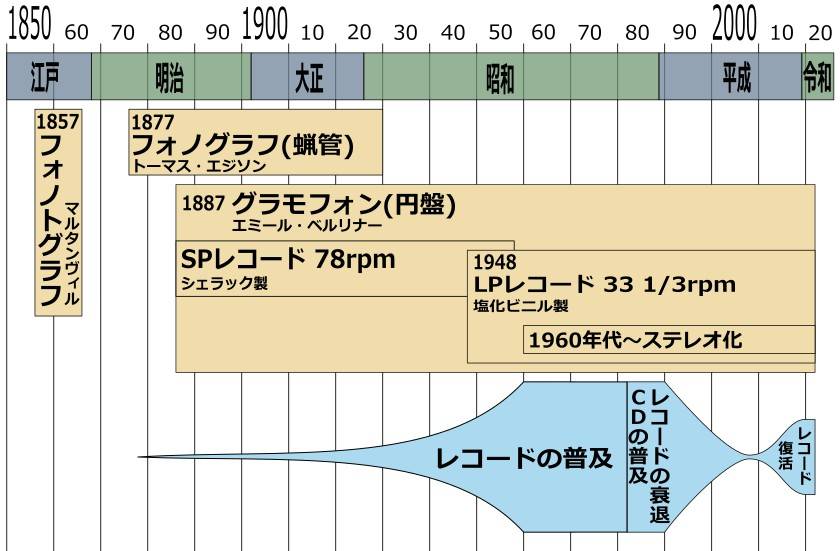
■ 1857: Phonautograph (Phonautographe) - Édouard-Léon Scott de Martinville
The phonautograph was invented by Édouard-Léon Scott de Martinville (France), and it can be considered to be a precursor to electrical sound devices. This was a device designed to record sound visually, without the use of electricity. Rather than being an acoustic device, it functioned more like a measuring instrument for visualizing sound. Martinville was not a scientist; he was interested in recording conversations, which seems to be an extension of shorthand writing. In other words, his ideal was to capture sound in a way that could be read as text, and he seemed to have no intention of reproducing the sound itself. He appears to have drawn inspiration for the structure of the phonautograph judging by the anatomy.
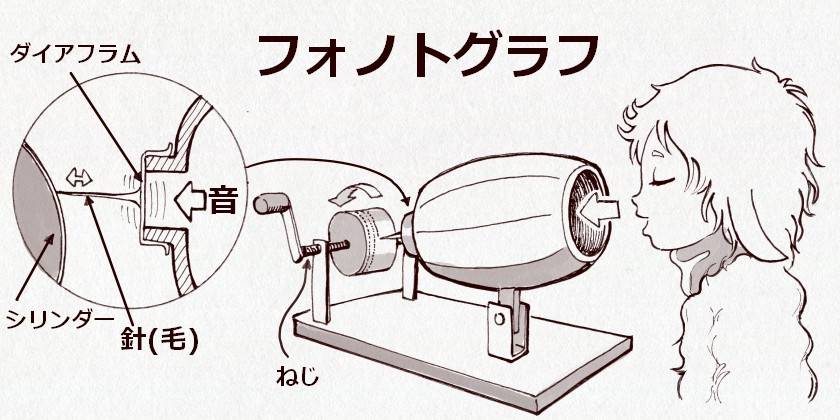
The structure of the phonautograph involved a diaphragm, which was analogous to the eardrum, vibrating in response to sound. Instead of the ossicles in the ear, pig bristles were used to trace the vibrations on the surface of a cylinder. The diagram above simplistically shows a needle attached to the diaphragm, but in reality, it appears Martinville devised a link structure that allowed the needle to move from side to side.
The surface of the cylinder was darkened with lamp smoke, and the vibrations were then scraped away to create a trace. The cylinder rotated manually, and the axis was threaded with screws, allowing it to move and record sound in a spiral pattern. When the waveform recorded by the phonautograph is magnified, it looks like the following. In 2008, the original recording was successfully restored into sound, making it the oldest known recording in human history.

Martinville originally conceived the phonautograph as an alternative to shorthand, with the ultimate goal of "reading" the waveform visually. Unfortunately, this idea was abandoned. However, it seems that the device did manage to be sold, albeit in limited quantities, as a piece of research equipment for acoustics. While it did not yield significant profits, the fundamental structure of the phonograph is clearly present in this invention. It was a tragic, yet important, invention that did not receive the recognition it truly deserved.
■ 1877 Phonograph, Edison
Thomas Edison improved upon the earlier phonautograph and created the phonograph, a device capable of both recording and playing back sound. Initially, the phonograph was intended more for recording phone conversations than for creating records as we know them today. Edison envisioned numerous applications for this invention, including voice letters, voice documents, tools for people with disabilities, education, music, dolls, clocks, advertising, and recording speeches. He promoted the idea that the phonograph could be applied to many diverse fields. However, the concept was so advanced that it took several decades to fully realize these applications, and some took nearly a century to come to fruition. Despite this groundbreaking invention, Edison became preoccupied with his other inventions, and the phonograph was neglected for about ten years.
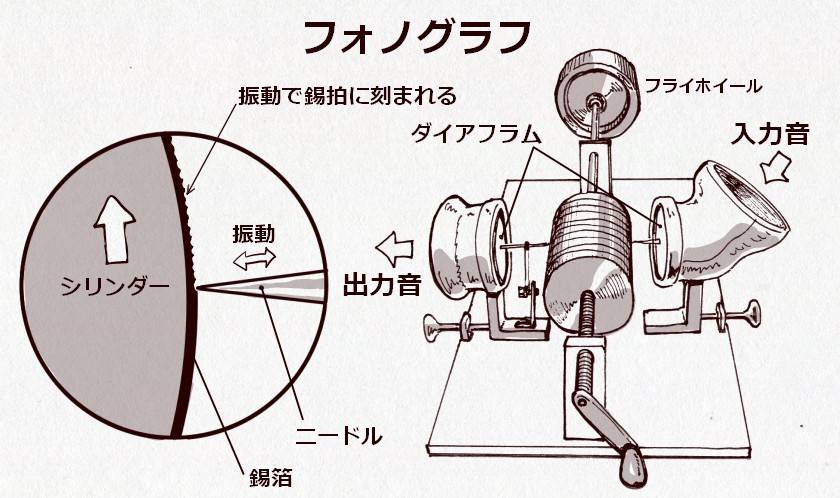
The structure of the phonograph involved a needle vibrating in response to input sound, which would then etch grooves into a tin foil-covered cylinder. While the general structure was similar to the phonautograph, the key difference was that the vibrations were recorded as raised and lowered sections (grooves) on the surface of the cylinder. When played back, a needle would be placed onto the grooves, and as the cylinder rotated, the needle would cause the diaphragm to vibrate, producing sound. Since the phonograph was entirely mechanical and did not use electricity, the volume was rather low. To amplify the sound, a horn was attached to the output section to increase the volume.
■ The Commercialization of the Phonograph
The phonograph, which had gone to the wayside for about ten years, was revived and commercialized as new competitors emerged. Edison resumed development and made significant improvements to the phonograph, including switching from a tin foil cylinder to a wax cylinder that could be replaced, and automating the rotation with a spring mechanism. These changes made the phonograph more practical for consumer use. Edison remained particularly focused on the recording function of the device.
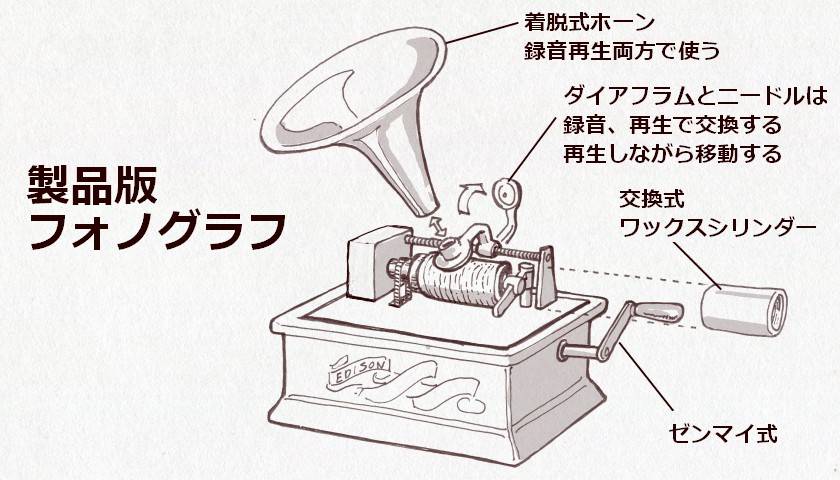
In 1899, the Edison Standard Phonograph was released to the general public. It allowed for recording and playback of up to four minutes of sound. Over the years, the phonograph went through several model changes, improving in usability, durability, and overall performance. However, it was ultimately unable to compete with the growing popularity of disk-shaped records, which were more suited for mass production. By 1929, the production of the phonograph was discontinued. Disk-shaped records, which are still in use today as a medium for playback, became the dominant format, while recording was taken over by the tape recorder.
The “sound & person” column is made up of contributions from you.
For details about contributing, click here.











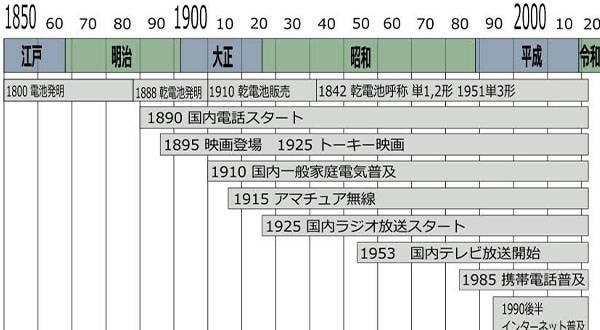
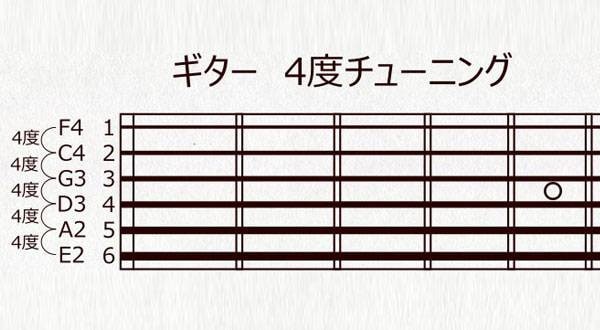
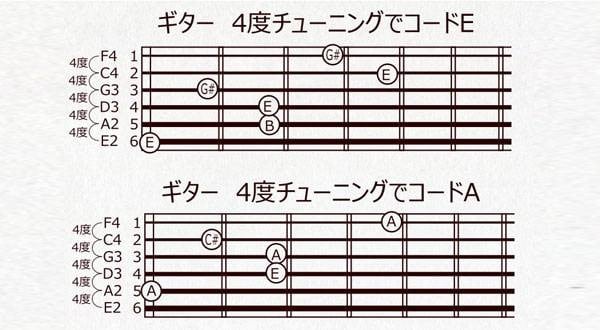
![Enchanting Instruments 22 - Voice 5 [Resonance]](/contents/uploads/thumbs/5/2021/11/20211124_5_15249_1.jpg)
![Enchanting Instruments 21 - Voice 4 [Vocal Cords]](/contents/uploads/thumbs/5/2021/11/20211116_5_15166_1.jpg)
![Enchanting Instruments 20 - Voice 3 [The Breath Part 2]](/contents/uploads/thumbs/5/2021/11/20211116_5_15167_1.jpg)
 PC向けDJソフトの選び方
PC向けDJソフトの選び方
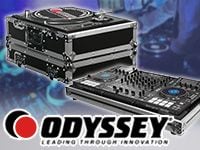 ODYSSEY DJケース購入ガイド
ODYSSEY DJケース購入ガイド
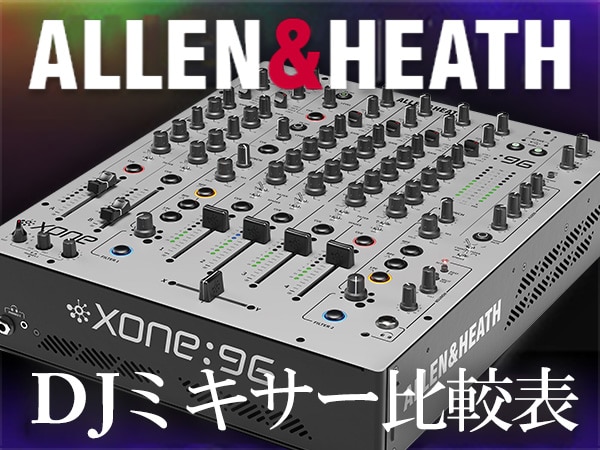 Allen&Heath DJミキサー比較表
Allen&Heath DJミキサー比較表
 DJケースセレクター
DJケースセレクター
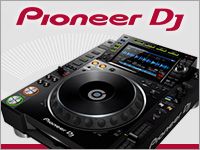 PIONEER DJ 比較表
PIONEER DJ 比較表
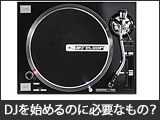 DJを始めるのに必要なもの?
DJを始めるのに必要なもの?















